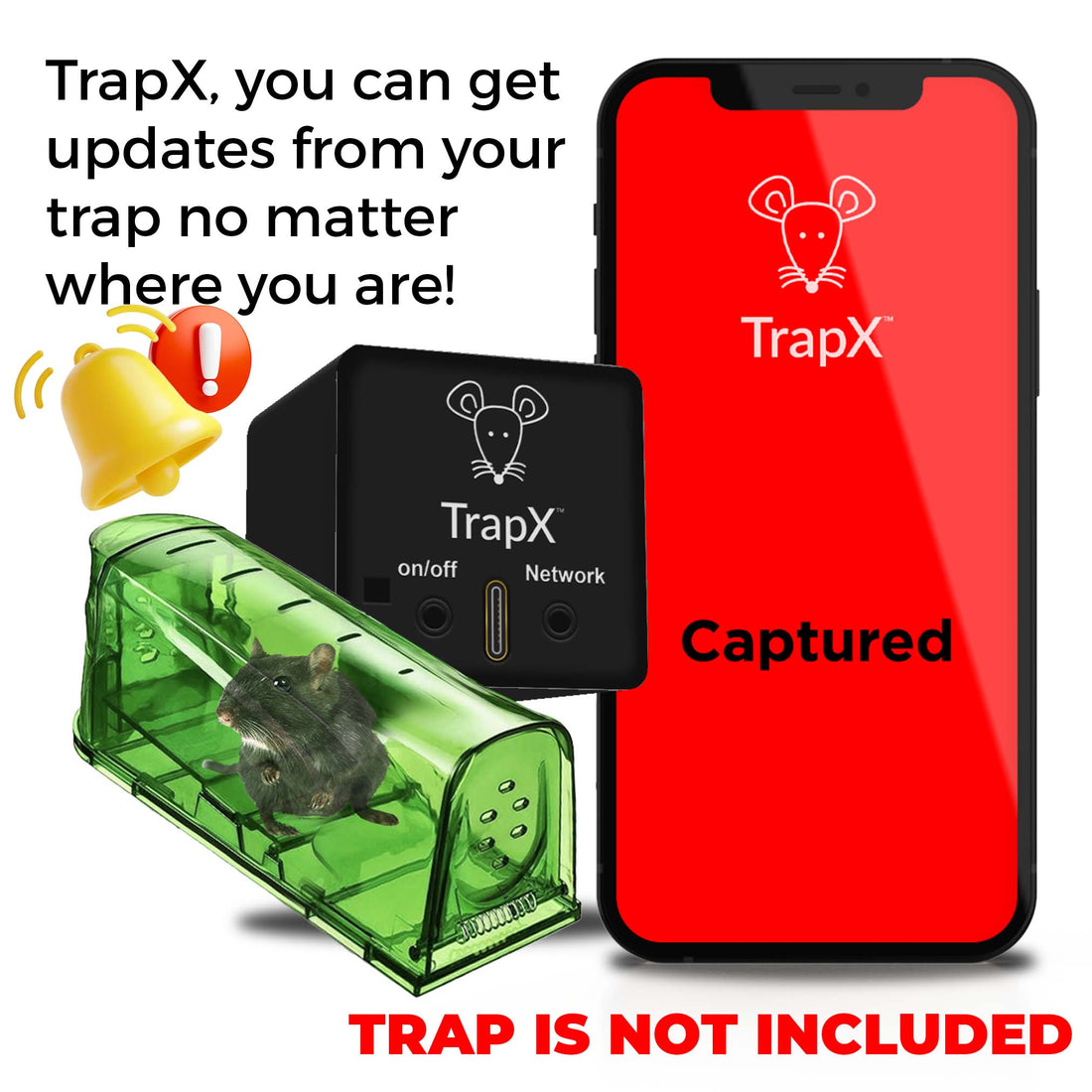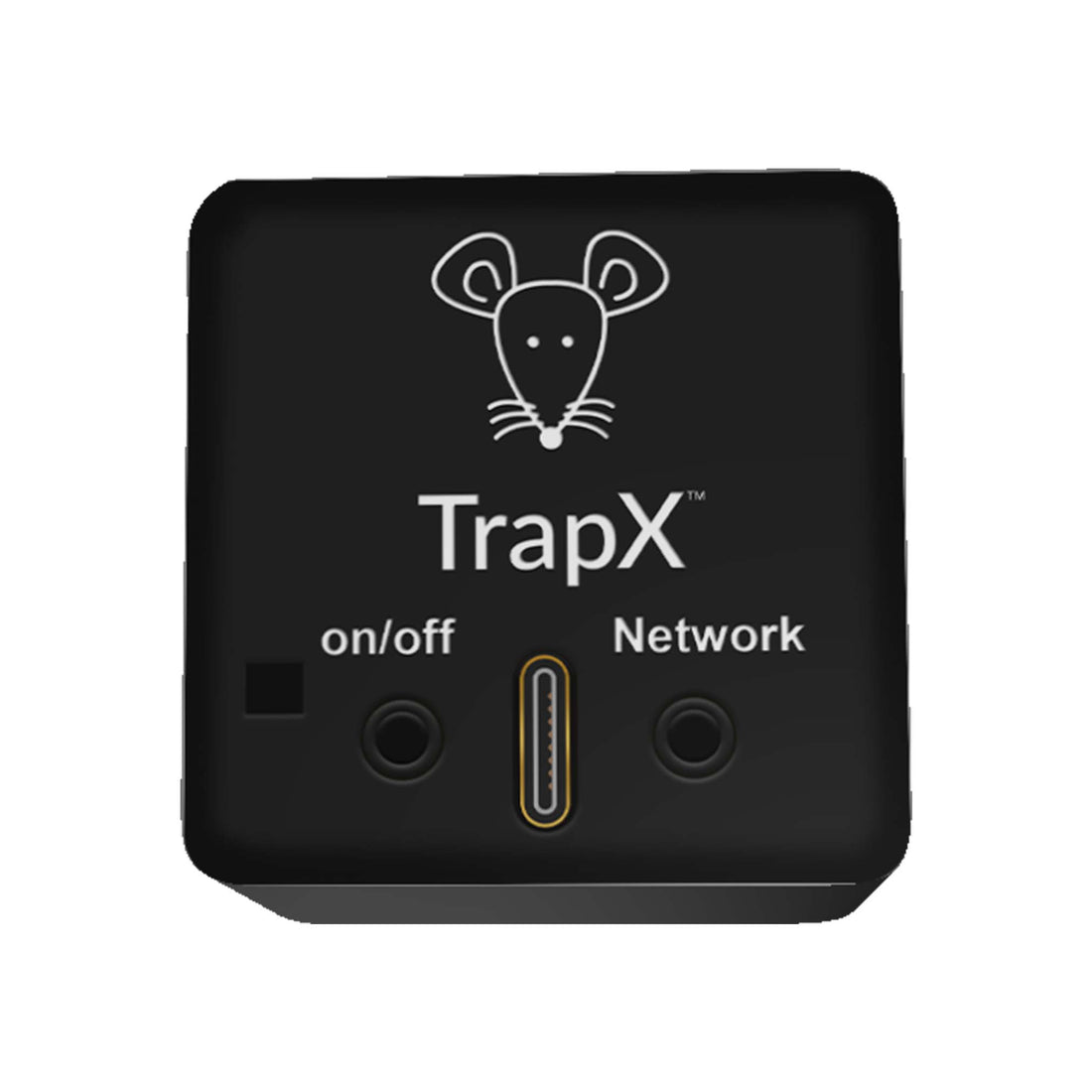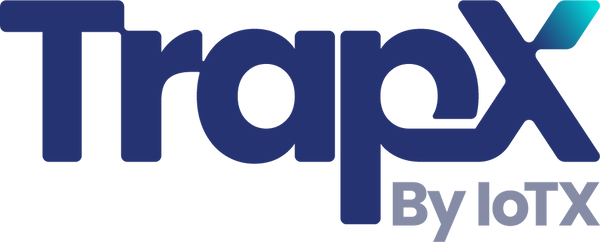IoT Pest Management: Revolutionizing the Way We Control Pests
Share
The world of pest management is undergoing a technological revolution, and the integration of the Internet of Things (IoT) is at the forefront of this transformation. For centuries, humans have battled pests using various methods, from rudimentary traps to sophisticated chemicals. However, the emergence of IoT pest management is offering a smarter, more efficient, and eco-friendly approach to keeping our homes and businesses pest-free.
Whether you're dealing with a rodent infestation or just looking to prevent one, understanding how IoT can help can make a significant difference. This article explores the ins and outs of IoT pest management, how it works, its benefits, and why it's becoming an essential tool for modern pest control.

What is IoT Pest Management?
IoT pest management involves the use of interconnected devices to monitor and control pest activity. These devices can include smart traps, sensors, cameras, and automated systems that work together to detect, report, and respond to pest presence in real-time. By leveraging the power of IoT, pest management becomes more proactive and less reliant on human intervention.
How Does IoT Pest Management Work?
The core components of IoT pest management are:
- Smart Traps: Devices equipped with sensors that can detect and capture pests. These traps can send alerts to your smartphone or computer when a pest is captured, allowing for prompt action.
- Sensors: Placed in strategic locations, sensors can monitor pest activity by detecting movements, temperatures, and other environmental factors that indicate the presence of pests.
- Cameras: High-definition cameras can provide visual evidence of pest activity, making it easier to identify the type of pest and the extent of the infestation.
- Automated Systems: These systems can automatically deploy pest control measures, such as releasing pesticides or activating traps, based on data collected by the sensors and cameras.
All these devices are connected to a central platform that collects and analyzes the data. This platform can provide insights and recommendations for pest control, helping to prevent infestations before they become a major problem.
Benefits of IoT Pest Management
Implementing IoT in pest management offers several advantages:
1. Real-Time Monitoring
With IoT, you can monitor pest activity in real-time, allowing for quick identification and resolution of pest issues. This is particularly useful for businesses that need to maintain high hygiene standards.
2. Early Detection and Prevention
IoT devices can detect pests at the earliest stages of an infestation, enabling prompt action to prevent the problem from escalating. Early detection can save money and reduce the need for extensive pest control measures.
3. Eco-Friendly Solutions
Traditional pest control methods often rely on chemicals that can be harmful to the environment. IoT pest management can reduce the need for these chemicals by targeting pests more accurately and efficiently.
4. Data-Driven Decisions
IoT devices collect a wealth of data that can be analyzed to understand pest behavior and trends. This information can be used to develop more effective pest control strategies and improve overall pest management practices.
5. Cost-Effective
While the initial investment in IoT devices may be higher, the long-term savings from reduced pest damage and fewer chemical treatments can make it a cost-effective solution.

Applications of IoT Pest Management
IoT pest management can be applied in various settings, including:
Residential Areas
Homeowners can benefit from IoT pest management by maintaining a pest-free environment and protecting their property from damage. Smart traps and sensors can be placed in key areas to monitor for pests and provide alerts when action is needed.
Commercial Properties
Businesses, especially those in the food industry, need to adhere to strict hygiene standards. IoT pest management can help ensure compliance by monitoring for pests and providing data-driven reports that can be used for audits and inspections.
Agricultural Sector
Farmers can use IoT devices to monitor pest activity in their fields and greenhouses. This can help protect crops from damage and reduce the need for chemical pesticides, promoting more sustainable farming practices.

Implementing IoT Pest Management
If you're considering implementing IoT pest management, here are some steps to get you started:
1. Identify Your Needs
Assess the specific pest challenges you face and determine the areas that need monitoring. This will help you choose the right IoT devices for your needs.
2. Choose the Right Devices
Select IoT devices that are compatible with your pest management goals. Look for devices with features such as real-time alerts, high sensitivity, and easy integration with your existing systems.
3. Install and Configure
Proper installation and configuration are crucial for the effectiveness of your IoT pest management system. Follow the manufacturer's guidelines and consider hiring a professional if needed.
4. Monitor and Maintain
Regularly check the status of your IoT devices and ensure they are functioning correctly. Keep the software updated and perform maintenance as needed to keep the system running smoothly.
5. Analyze Data and Take Action
Review the data collected by your IoT devices and use it to inform your pest control strategies. Take prompt action when alerts are received to prevent infestations from spreading.
Challenges and Future of IoT Pest Management
While IoT pest management offers many benefits, it also comes with its challenges. These include the initial cost of devices, the need for reliable internet connectivity, and potential privacy concerns with camera usage. However, as technology continues to advance, we can expect these challenges to be addressed, making IoT pest management even more accessible and effective.
Looking ahead, the future of IoT pest management is promising. Innovations such as AI-driven analytics, improved sensor technology, and greater integration with smart home systems will further enhance the capabilities of IoT devices. As more people and businesses adopt these technologies, we can look forward to a world where pest problems are managed more efficiently and sustainably.
For more information on IoT pest management and related topics, visit our Instant Notifications, Rodent Infestations, and Smart Technology pages.
If you're ready to embrace the future of pest control, consider investing in IoT pest management solutions. With the right devices and strategies, you can keep your environment pest-free and enjoy the peace of mind that comes with effective pest management.
May16.chat.5pass.general public.iot pest managementAs an Amazon Associate, I earn from qualifying purchases.
